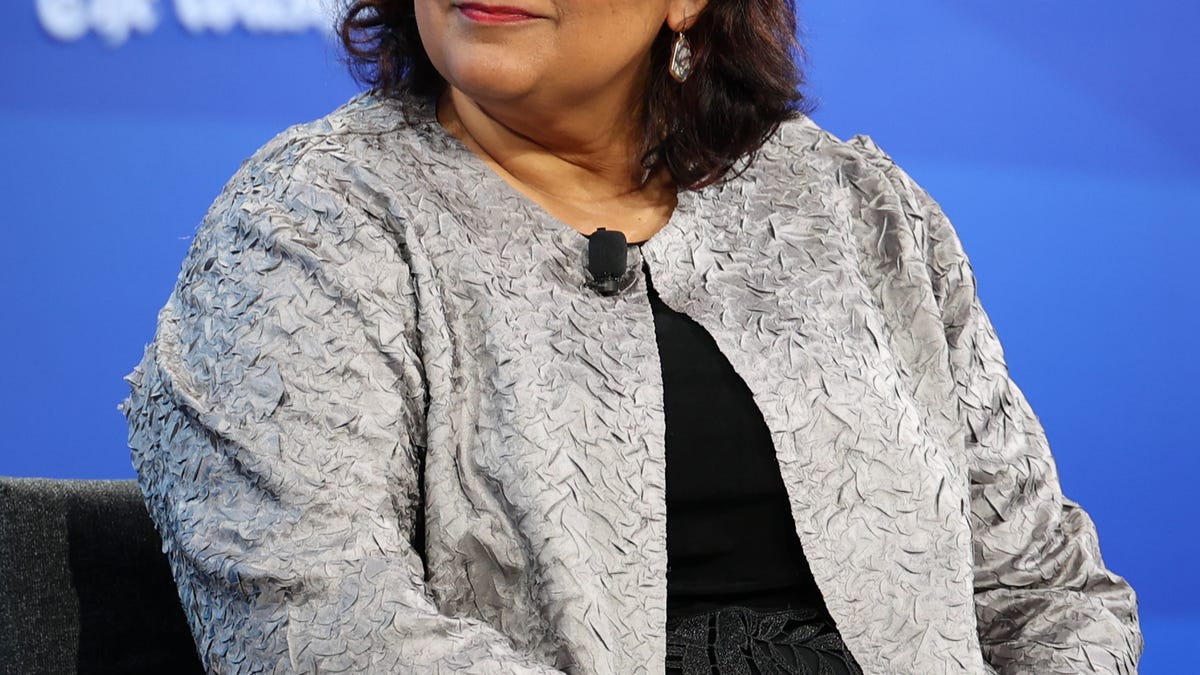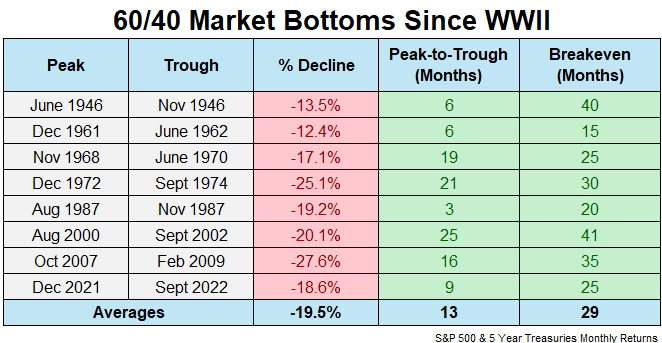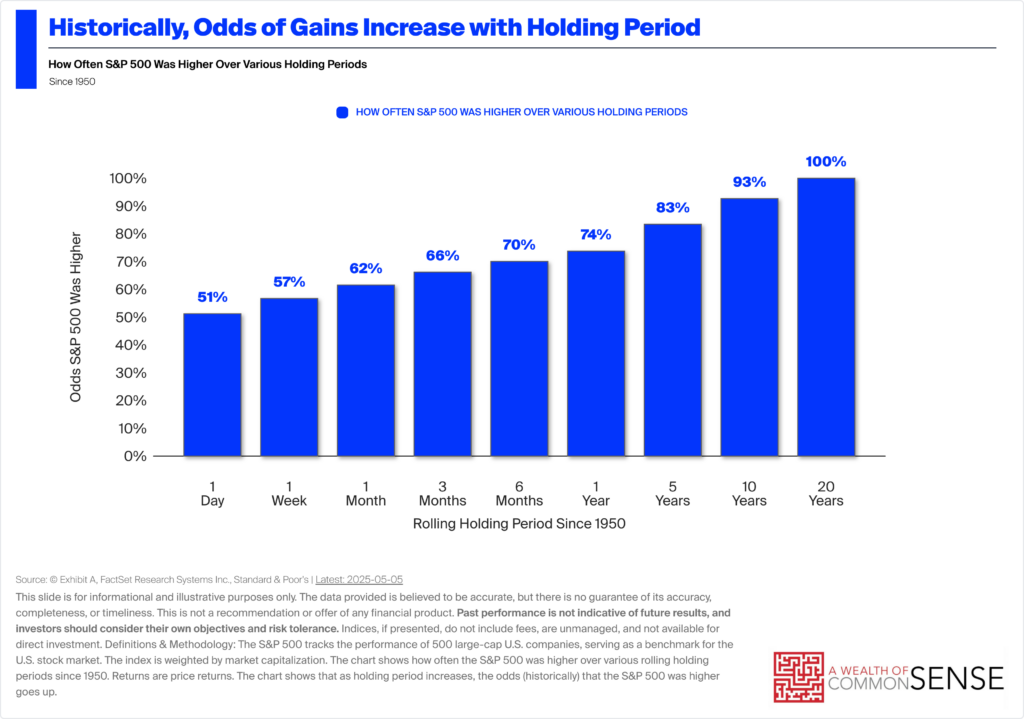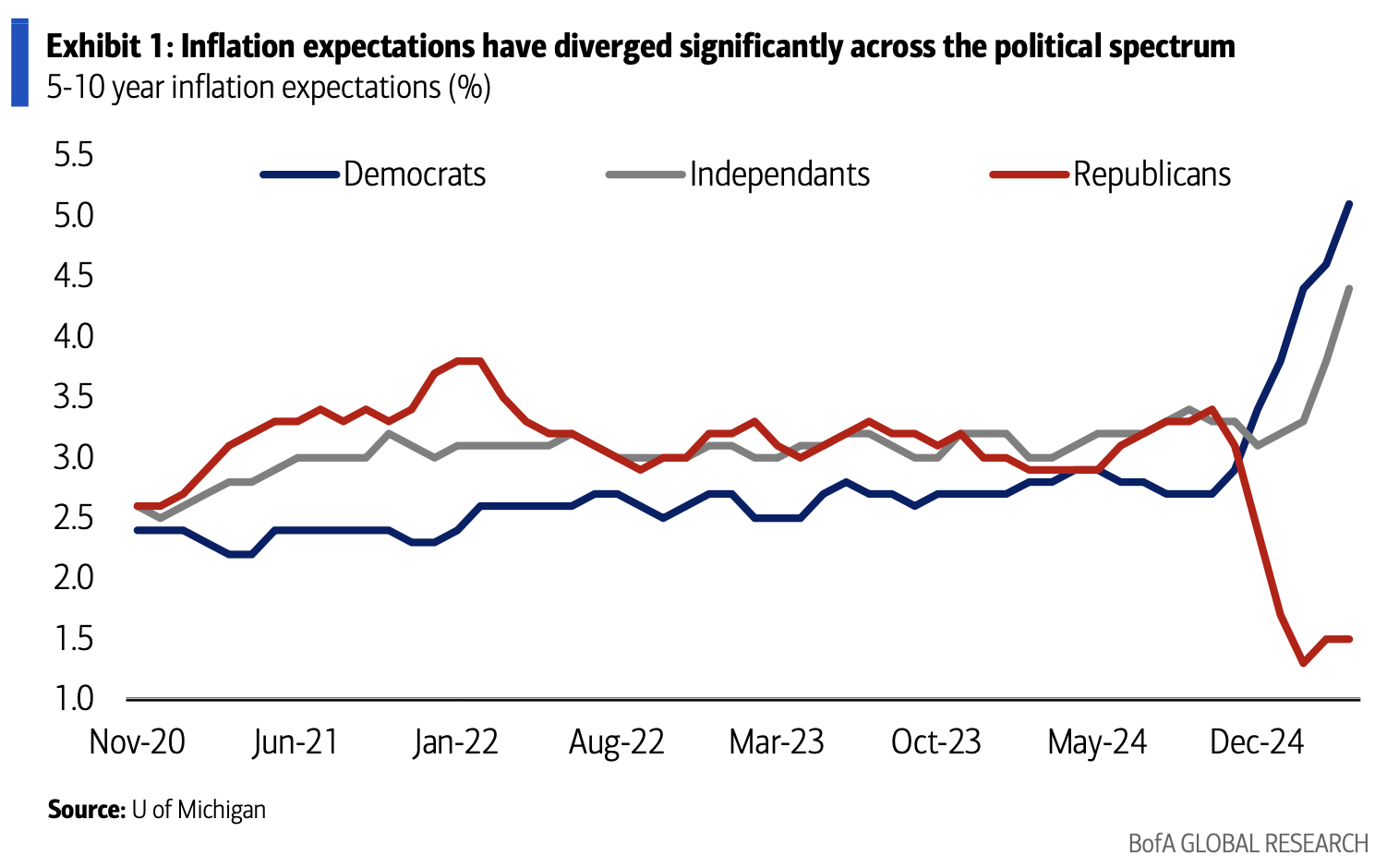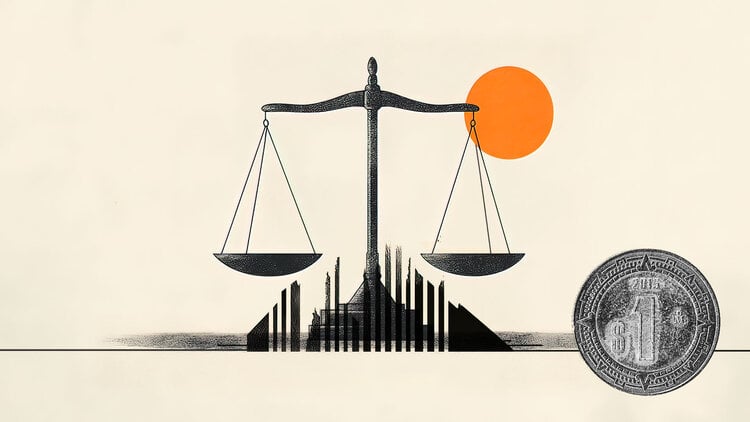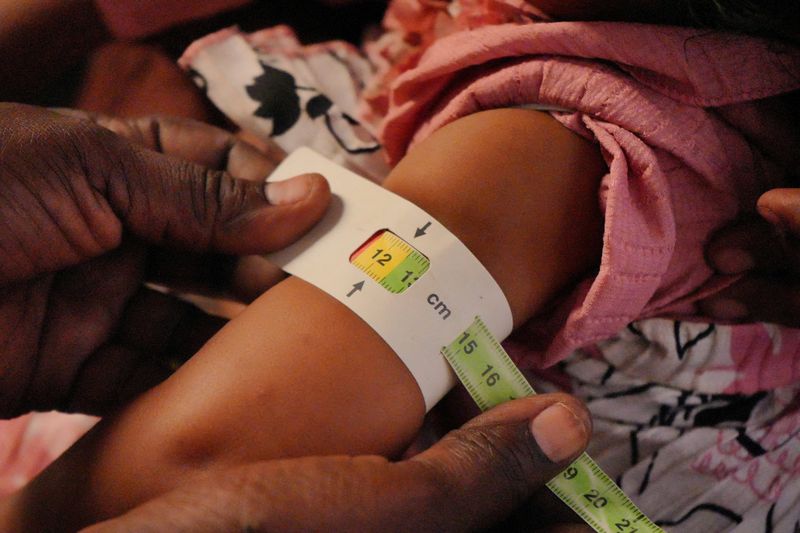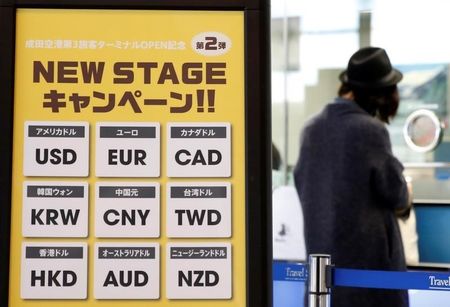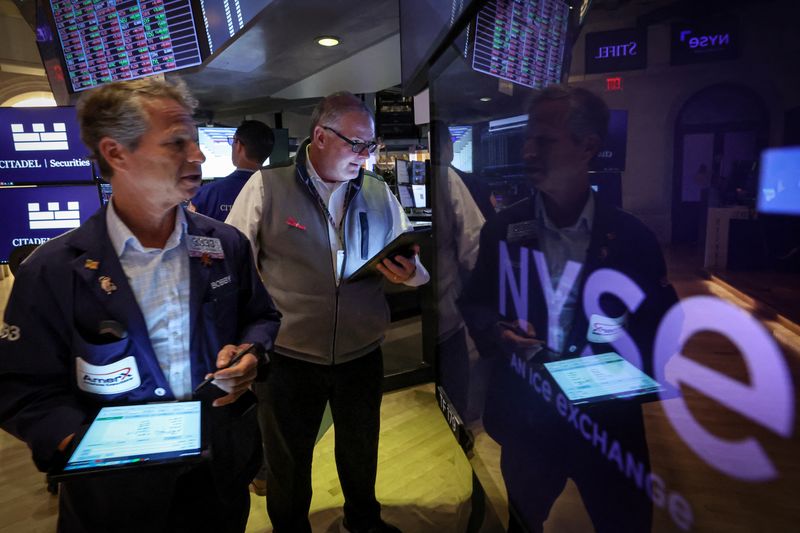DOGE said 40% of the Social Security Agency’s calls were ‘fraudulent.’ Data suggests it was actually less than 1%
Elon Musk and his engineers claim 'insane' amounts of fraud in Social Security, but the real figures don’t back it up.

- An oft-repeated claim that 40% of Social Security calls are fraudulent is wildly overstated, according to a report, which found that less than 1% of calls have any possible link to fraud. However, changes the administration made to combat the alleged problem have led to payment delays and a “degradation” in service, the report found.
Elon Musk’s so-called Department of Government Efficiency is moving to overhaul Social Security on the pretext that the government’s premier safety-net program is losing massive amounts of money to fraud. Musk has claimed his engineers have found $100 billion a week in fraudulent entitlement payments, a situation the Tesla CEO called “utterly insane.”
DOGE made similar claims in an April interview with Fox News. DOGE engineer and Musk employee Aram Moghaddassi told Bret Baier that 40% of calls to Social Security trying to change direct-deposit information are from fraudsters.
"So when you want to change your bank account, you can call Social Security. We learned 40% of the calls that they get are from fraudsters," Moghaddassi told Fox.
Even Trump’s Commerce Secretary Howard Lutnick suggested in a podcast appearance that the only people complaining about missing payments are fraudsters.
“The easiest way to find the fraudster is to stop payments and listen, cause whoever screams is the one stealing,” he told All-In, using his 94-year-old mother-in-law as an example of someone who wouldn’t call in.
'No significant fraud'
But the true rate of phone fraud, according to a news outlet that covers government technology, is just a fraction of 1%.
Nextgov/FCW, which obtained an internal SSA document, reported that just two Social Security claims out of 110,000 had a high probability of being fraudulent. Fewer than 1% of claims had any potential for fraud at all, according to Nextgov.
“No significant fraud has been detected from the flagged cases,” the internal document said, according to the site.
The SSA’s own justification for changing the benefits process in March said that roughly “40 percent of Social Security direct deposit fraud is associated with someone calling SSA to change direct deposit bank information,” not that 40% of all calls are fraudulent.
DOGE did not respond to Fortune’s request for comment.
A Social Security spokesperson told Fortune that, between March 29 and April 26, SSA’s new fraud detection tools flagged 20,000 distinct social security numbers where “a direct deposit change was requested over the phone and failed a security measure,” and said its fraud measures helped the office avoid $19.9 million in losses.
The office “continues to refine the anti-fraud algorithm to flag only the claims with the highest probability of fraud,” the spokesperson said in an email.
'Delays' and 'degradation'
However, the changes have also created a “degradation of public service,” according to Nextgov. In addition to requiring ID checks, the SSA put an automatic delay on new benefit claims so it could run fraud checks, Nextgov reported. The move “delays payments and benefits to customers, despite an extremely low risk of fraud,” the document noted, according to Nextgov.
An Inspector General report from February found that, in fiscal year 2023, 0.6% of all payments made across Social Security’s old-age and disability programs were “overpayments.” That term includes payments made in the wrong amounts when people don’t update their earnings information or other information that would change their eligibility, such as living in a nursing home.
In March, Social Security announced that no benefits claims could be made by phone, before reversing the policy amid outrage. It has added more requirements for people changing their bank information, requiring beneficiaries to either visit a Social Security office in person or use two-factor authentication to confirm their identity.
This story was originally featured on Fortune.com
























